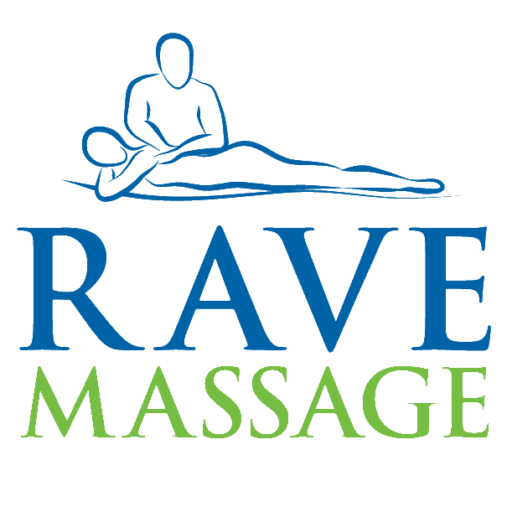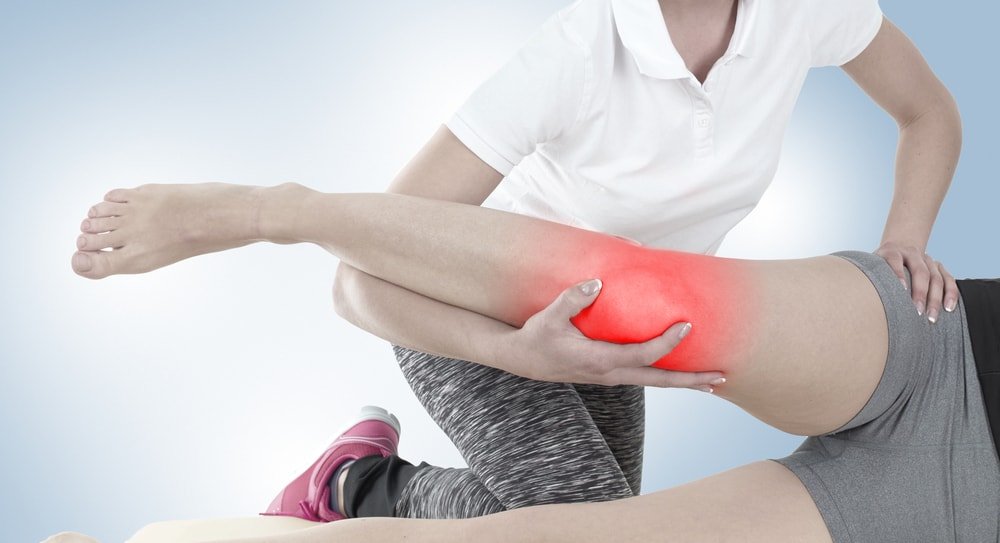Orthopedic massage is a specialized form of massage therapy that focuses on addressing musculoskeletal pain and dysfunction, primarily related to the skeletal and muscular systems. It is often used to help individuals who are dealing with orthopedic issues, such as chronic pain, injuries, or musculoskeletal conditions. Orthopedic massage therapists receive training that allows them to work more effectively with specific musculoskeletal problems.
Key features of orthopedic massage include:
- Assessment and Evaluation: Before treatment, orthopedic massage therapists typically conduct a thorough assessment of the client’s condition. This may include evaluating posture, range of motion, and the presence of muscle imbalances or trigger points.
- Precise Techniques: Orthopedic massage therapists use specific techniques that are tailored to the individual’s condition and needs. These techniques may include deep tissue massage, myofascial release, trigger point therapy, and stretching.
- Treatment Plans: Treatment is usually guided by a clear treatment plan that outlines the goals and the specific techniques to be used. Therapists often work closely with other healthcare providers, such as physical therapists and orthopedic specialists, to ensure a coordinated approach to the client’s care.
- Pain Management: Orthopedic massage is commonly used for pain management. It can help alleviate chronic pain conditions, such as back pain, neck pain, and shoulder pain, and it can be beneficial for those recovering from injuries or surgeries.
- Rehabilitation: Orthopedic massage plays a role in rehabilitation by promoting healing, reducing muscle tension, and improving range of motion. It can support clients in their recovery from orthopedic surgeries and injuries.
- Postural Correction: Addressing postural imbalances is a key aspect of orthopedic massage. Therapists may use techniques to correct poor posture and muscular imbalances that contribute to musculoskeletal pain.
- Customization: Each session is customized to the client’s specific needs and may change over time as the client’s condition improves.
Orthopedic massage is often recommended by healthcare professionals as part of an integrated treatment plan for musculoskeletal issues. Clients who benefit from orthopedic massage include individuals with conditions like sciatica, herniated discs, frozen shoulder, and sports-related injuries.
It’s important to seek an orthopedic massage therapist who has specialized training in this field and experience working with orthopedic conditions. Before starting orthopedic massage therapy, it’s a good idea to consult with your physician or orthopedic specialist, especially if you have specific musculoskeletal concerns or are recovering from surgery.
I have completed the James Waslaski Integrated Manual Therapy and Orthopedic Massage classes and am proficient in his techniques including the treatment of frozen shoulders. – Randy

